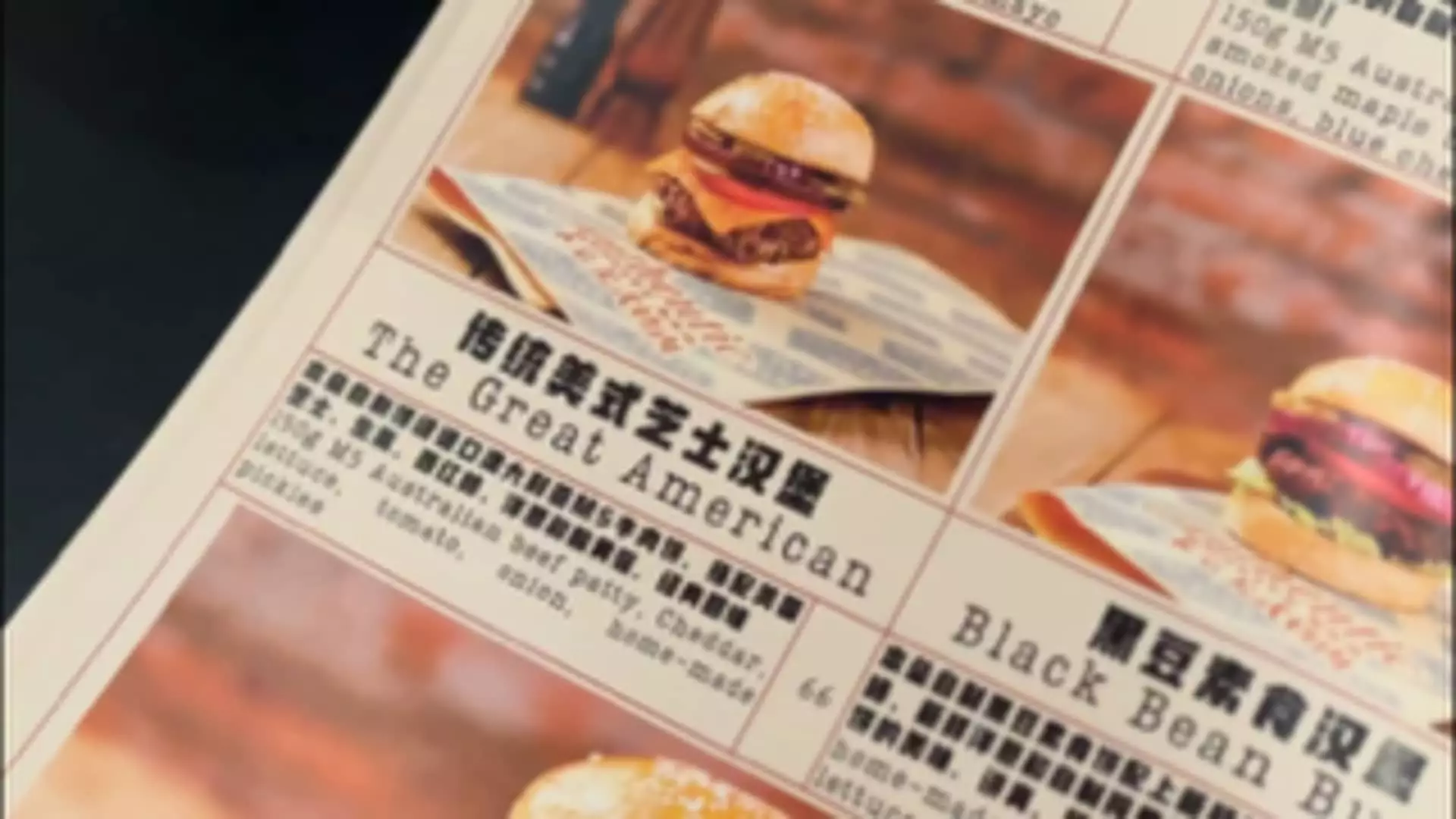In an increasingly interconnected world, cuisine has often served as a silent ambassador of culture and tradition. However, the ongoing trade war between the United States and China has ripped the veneers off this cultural exchange, exposing the unfortunate reality that delicious taste and authenticity are becoming collateral damage. Geng Xiaoyun’s bittersweet experience at his restaurant, Kunyuan in Beijing, encapsulates this predicament. Once celebrated for its exquisite American “phoenix talons”—salt-baked chicken feet—imported from the U.S., Geng has been forced to abandon a beloved dish simply due to the ramifications of tariffs. The 30% price hike did not just pinch the pocket; it struck a chord with patrons who valued the unique, spongy texture that American chicken feet deliver.
International Relations Over Flavor
What becomes clearer each day is that this culinary debacle transcends beyond mere taste; it is emblematic of the tumultuous state of U.S.-China relations. Geng’s hopes of reintroducing American chicken feet hinge precariously on the political climate and are fraught with uncertainty. His candid remarks highlight the painful irony: while aspiring to serve high-quality American imports once again, he is watching in despair as agricultural products vanish from Chinese menus—forced out by a bulldog-like devotion to trade policies. The dysfunction in international diplomacy, with each side accusing the other of breaches, illustrates how political machinations can impact everyday lives, manifesting in flavors or the lack thereof on our plates.
Trading Taste for Alternatives
As Americans struggle to keep their culinary imports afloat in China, alternatives are being sought, albeit at the cost of quality. Geng may turn to Brazilian or Russian chicken feet, but with disappointment, he acknowledges their inadequacy. This culinary compromise is not an isolated one; across Beijing, restaurants that once prided themselves on serving authentic American beef are making similar sacrifices. The switch from U.S. beef to that sourced from Australia not only signifies a shift in supply chains but also reveals an unsettling acceptance of compromise in quality to keep the culinary experience alive. In this ever-tightening grip of trade restrictions, one can’t help but question: why should consumers settle for less?
The Bigger Picture: Culture vs. Commerce
At its core, the emerging dynamic between price and quality forces us to reassess what international trade signifies. It extends far beyond mere fiscal values and breaches agreements; it embodies a clash of cultures that ripples through every city in the world. The denizens of Beijing, who once relished the rich flavors and unique offerings of American cuisines, are now grappling with mediocrity and resembles a culinary brain drain. Geng’s faith that American chicken feet will have a resurgence if political tides shift illuminates the intricate connection between diplomatic relations and cultural appreciation.
Our taste buds should not have to pay the price for geopolitical tensions. Ultimately, the current state of events questions whether consumer preferences will converge, adapt, or fade into a blend of blandness as flavors once revered turn into distant memories. In the battle between culture and commerce, it is food lovers who emerge as the unintended victims, forcing us to reconsider the recipes for successful international engagements.



Leave a Reply